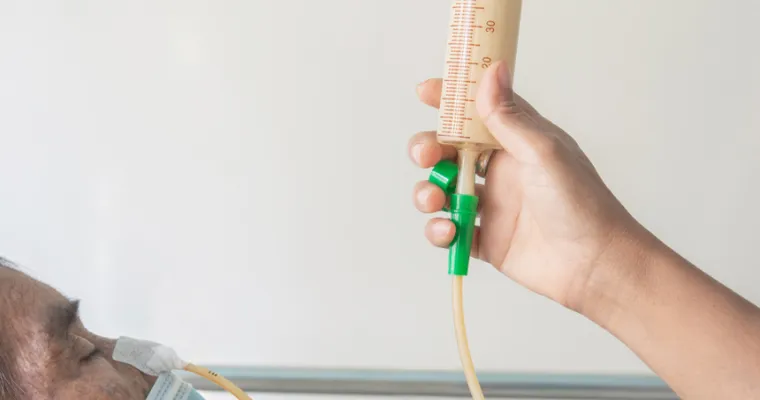Feeding tubes can be a critical medical intervention for the "elderly", particularly when individuals are unable to consume food orally due to various health conditions. While these devices can provide essential nutrition and hydration, it is important to understand the potential "risks" and "benefits" associated with their use. This article aims to explore both sides of the equation to help families and caregivers make informed decisions.
Understanding Feeding Tubes
Feeding tubes are medical devices that deliver nutrition directly to the stomach or intestines. They are often used when patients cannot eat normally due to issues such as "dysphagia", neurological disorders, or severe illnesses. The two most common types of feeding tubes are the nasogastric (NG) tube, which is inserted through the nose into the stomach, and the percutaneous endoscopic gastrostomy (PEG) tube, which is surgically placed directly into the stomach.
Benefits of Feeding Tubes
1. "Nutritional Support": One of the primary benefits of feeding tubes is their ability to provide "nutritional support" for elderly individuals who cannot eat adequately. This is crucial for maintaining weight, strength, and overall health.
2. "Hydration": Feeding tubes can also deliver fluids, ensuring that the elderly remain "hydrated", which is essential for bodily functions and can prevent complications such as dehydration.
3. "Improved Quality of Life": For some elderly patients, receiving proper nutrition through feeding tubes can lead to improved physical health and a better quality of life. This may allow them to engage more in daily activities and maintain a certain level of independence.
4. "Prevention of Aspiration": For individuals with swallowing difficulties, feeding tubes can help reduce the risk of aspiration pneumonia, a serious condition that can occur when food or liquid enters the lungs.
Risks of Feeding Tubes
1. "Infection": The insertion of feeding tubes carries a risk of infection, especially with PEG tubes. Proper care and hygiene are necessary to minimize this risk.
2. "Discomfort and Pain": Some elderly patients may experience discomfort or pain associated with feeding tube placement. This can affect their overall willingness to accept this form of feeding.
3. "Complications": There can be serious complications, such as tube dislodgment or blockage, which may require additional medical intervention.
4. "Psychological Impact": The presence of a feeding tube can have psychological implications for some elderly patients, including feelings of loss of autonomy or dignity. It is essential to address these concerns with empathy and support.
5. "Nutritional Imbalances": If not managed correctly, feeding tubes can lead to nutritional imbalances. Regular monitoring is crucial to ensure that the patient receives the appropriate nutrients.
Making the Decision
Deciding whether to use a feeding tube for an elderly individual is a complex process that involves careful consideration of both the "risks" and "benefits". It is vital to have open discussions with healthcare providers, family members, and the patient, if possible, to weigh the potential outcomes and align them with the individual’s values and preferences.
Conclusion
Feeding tubes can offer significant "benefits" for elderly individuals who require nutritional support, but they are not without "risks". Understanding these factors is essential for making informed healthcare decisions. Ultimately, the goal should always be to enhance the quality of life while ensuring the individual’s health and well-being. Careful assessment, ongoing support, and regular medical oversight can mitigate the risks associated with feeding tubes and provide the necessary nutritional care for elderly patients.





